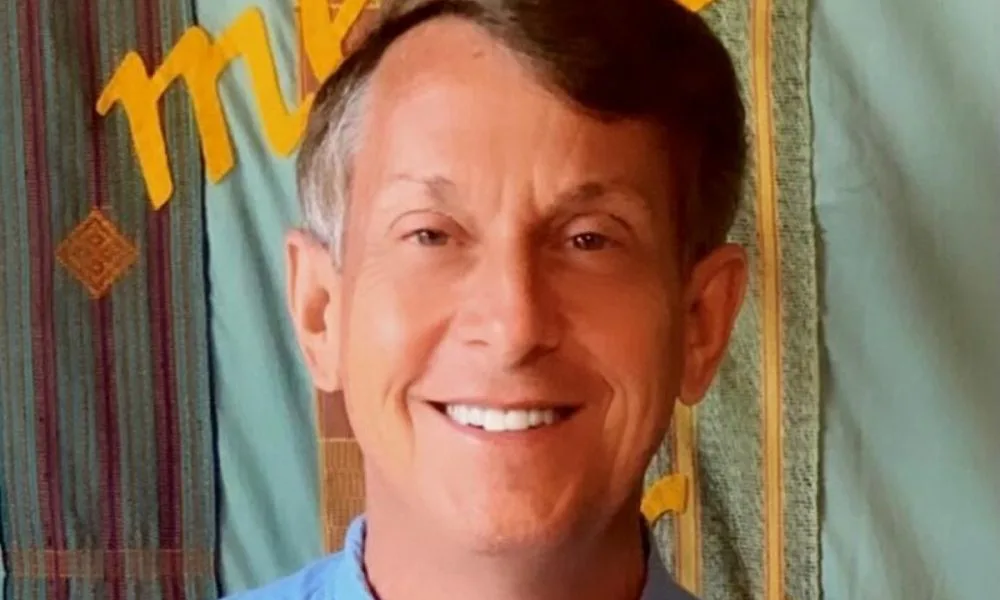
The D.C.-based Washington AIDS Partnership, which describes itself as a philanthropic and advocacy organization that has provided more than $35 million in funding since its founding in 1988 to local organizations providing AIDS-related programs and services, has announced it will end its operations at the end of this year.
“After much thoughtful consideration, the Washington AIDS Partnership (WAP) is planning an intentional and celebratory close at the end of 2023 after 35 years of service to the D.C. community,” a statement released by the group says.
Channing Wickham, the organization’s longtime executive director, said he and the WAP’s board and staff strongly believe it has accomplished its mission of playing a key role in helping D.C. and surrounding communities become a national leader and role model in the support and care for people with HIV/AIDS and in the lowering the new HIV infections.
“One of the most important things to say and to be very clear about is that HIV is not over,” Wickham told the Washington Blade. “And we’re by no means saying that it is,” he said. “It’s just that our part in this is coming to a close.”
Wickham noted that through its funding, advocacy, and support work, Washington AIDS Partnership helped put in place local programs, including major improvements in the late 1990s and early 2000s of the D.C. Department of Health’s HIV/AIDS office, which evolved into the current HIV/AIDS, Hepatitis, STD, and Tuberculosis Administration (HAHSTA).
He points out that WAP, through its funding and support programs, also helped nurture and grow local organizations that currently provide the services that will carry on WAP’s mission. Among them, he notes, are organizations that provide HIV/AIDS services for the LGBTQ community, including Whitman-Walker Health, Us Helping Us, and HIPS.
One of WAP’s projects involved training young people through the federally funded AmeriCorps program, Wickham said. At one-point WAP had 12 AmeriCorps members who “worked on the front lines” of HIV/AIDS programs, including as volunteer staff members to local AIDS organizations, according to Wickham.
“Since about 2005, we have been the largest HIV private funder in the region,” he said. “But we were much more. We also were a public policy organization. We were a youth development organization,” he said, through the AmeriCorps program.
“WAP has provided over $35 million in funding to local organizations that focus programming and resources on the communities most affected by the epidemic,” the WAP statement says. “These grants have supported projects that significantly changed the landscape of HIV treatment and prevention in the District,” the statement says.
Megan Davies, Whitman-Walker Health’s Chief Program Officer, said Whitman-Walker has been the recipient of many WAP grants over the past 30 years in support of Whitman-Walker’s AIDS programs, including AIDS prevention efforts.
“Additionally, we have been a Washington AIDS Partnership AmeriCorps site for over 15 years, and it has been an honor working with such incredible individuals,” Davies said. “These young people brought so much energy and innovation to Whitman-Walker Health,” she said. And while there is still much to be done, Davies added, Channing Wickham and WAP “have helped D.C.’s rates of HIV incidence improve dramatically.”
In its early years and through the early 2000s, WAP has been credited with creating a new and highly effective way to provide funding for local, community-based HIV/AIDS organizations. As Wickham describes it, WAP, among other things, became a philanthropic foundation that helped other far larger foundations and individual donors, including private-sector companies, decide how to support efforts to effectively address the HIV epidemic.
Several of the nation’s most prominent philanthropic foundations, including the Morris & Gwendolyn Cafritz Foundation and the Gannett Foundation, donated millions of dollars directly to Washington AIDS Partnership and entrusted WAP to decide on the big donors’ behalf which local community groups should receive those funds through WAP grants.
“What we had was people at the table making these grant decisions,” Wickham said. “We had foundation representatives who entrusted us with their money. But we also had community leaders,” said Wickham. “We also had people living with HIV. So, we had the experts.”
Added Wickham, “We created a mechanism where together community and philanthropy and people with HIV were all together in a room and could talk through proposals and make the right decisions on where that money should go. We created a place where there was expertise that did not exist in individual foundations.”
Through that process over the years, according to Wickham, many of the individual foundations developed their own expertise on how to select and support local organizations doing HIV/AIDS work. And that, among other things, is part of the reason why WAP feels it has accomplished its work and can close its operations.
“It’s not insignificant to have the Partnership go,” Wickham told the Blade. “But, again, sometimes you have to know when it’s time to say we have succeeded, that we have accomplished our mission.”
Wickham is also quick to dispel rumors that have surfaced that one of the reasons WAP is closing is that he was retiring as executive director. He said he has no plans to retire after WAP closes at the end of the year, noting that he has plans to continue to be active in local and national causes.
“So, I’m not the story here,” he said. “The story is philanthropy came together in 1988 and over 35 years changed the course of the epidemic in our region. And at the right time, we decided that this philanthropic effort should sunset. I think that’s really the message,” Wickham points out.
“And I think that nonprofits should not go on forever, that once you accomplish your mission, then it’s time to say goodbye,” he said.


